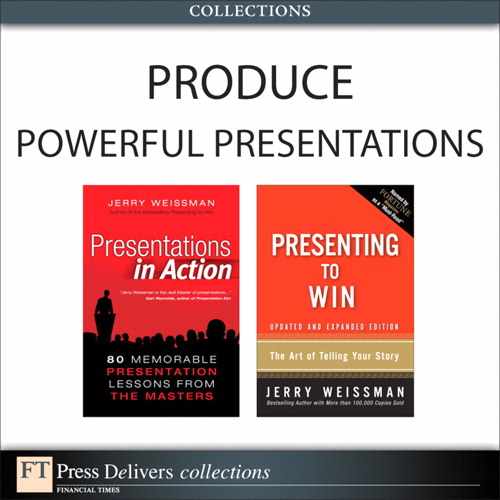10. Slogan Power: Why the U.S. Army’s “Be All That You Can Be” Succeeded
The U.S. Army’s “Be All That You Can Be” slogan, which ran for more than 20 years—until it was replaced by the far less memorable successor, “Army of One,”—became as well known as any commercial brand.
Bill Peacock was the Assistant Secretary of the Army for Manpower and Reserve Affairs who helped spearhead the “Be All That You Can Be” campaign. He provided a back story that offers a lesson for any communication medium.
In the late 1970s, the Army was experiencing serious defections from its ranks and was having trouble attracting replacements. Almost half of those ranks were populated by high school drop-outs, a demographic most likely to drop out of the Army as well. The churn was costing the government almost $2 billion a year. The other armed services—the Air Force, the Marines, and the Navy—were experiencing much less churn because their ranks were filled with higher percentages of the more stable population of high school graduates. Under Mr. Peacock’s leadership, the Army decided to create an enlistment campaign to attract more of that demographic group. They considered many aspects of importance to the target group of 18-year-olds and eventually focused on three central themes:
• Patriotism
• Manliness
• Personal aspiration
The Army then conducted market research to see which of the three themes resonated with the target audience. They tested them in surveys at hundreds of shopping malls around the country, and the third won, hands down. The personal aspiration theme became the “Be All That You Can Be” slogan. It was expressed in a full multimedia suite, using real soldiers instead of actors, complete with catchy theme music and professionally produced video spots.
The Army then engaged the N.W. Ayer advertising agency to roll out the campaign in many media outlets, mostly television. Within about six months after the launch, the percentage of high school graduates in the Army rose from less than 50 percent to more than 70 percent—an astonishing success.
An important by-product of the campaign was improved morale within the ranks, as evidenced by a significant uptick in reenlistment rates.
We can learn a double lesson in this story: The “Be All That You Can Be” theme succeeded because it was aimed directly at its target audience—the young men who aspired to improve their position in life. The slogan was essentially a benefit statement or WIIFY, the subject you read about in Chapter 3, “The ‘So What?’ Syndrome”; it also incorporated the powerful word you.
Whenever you present, offer your audience a WIIFY or multiple WIIFYs, and say you frequently.
Then you can be all that you can be.
